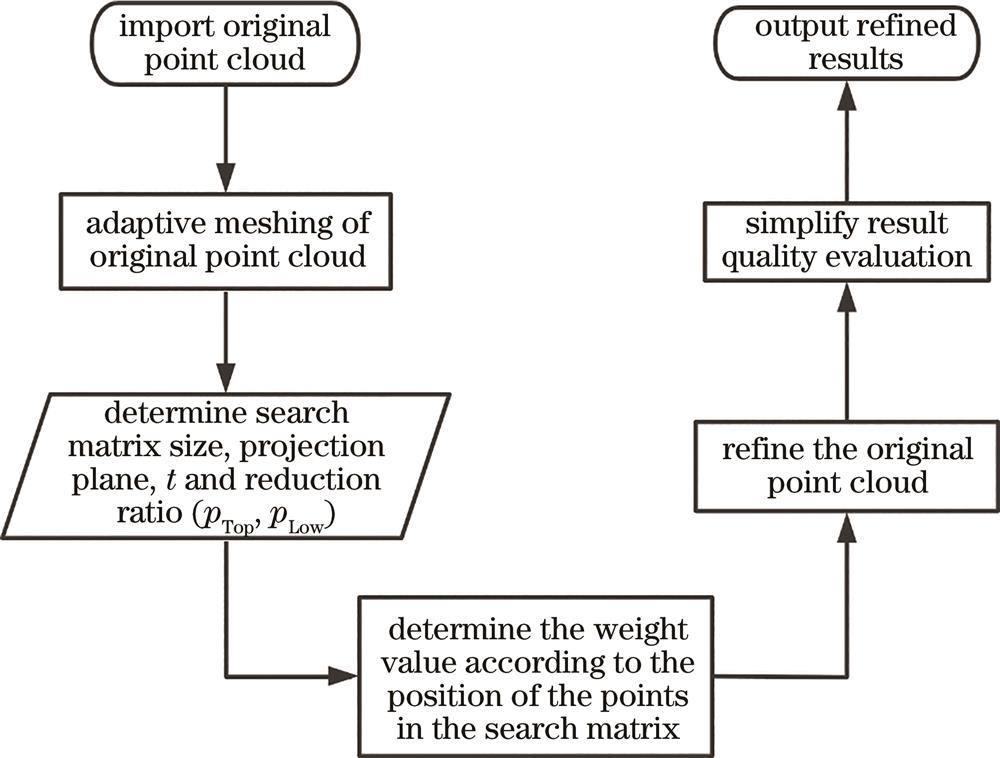Zihui Zhang, Yunlan Guan. Point-Cloud Data Reduction Based on Neighborhood-Point Position Feature[J]. Laser & Optoelectronics Progress, 2023, 60(16): 1628005
Search by keywords or author
- Laser & Optoelectronics Progress
- Vol. 60, Issue 16, 1628005 (2023)
Abstract

Set citation alerts for the article
Please enter your email address



